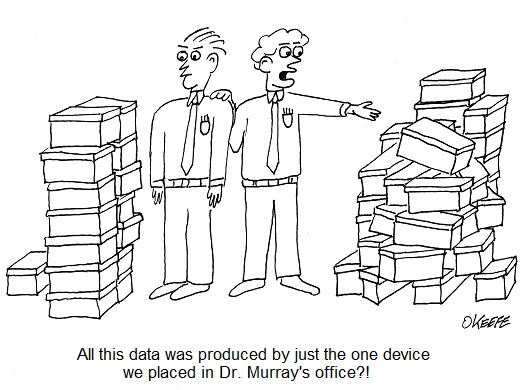| We’ve been discussing the Preproduction aspect of the Development stage of our systems engineering approach to medical device design. Last week we learned that once the medical devices produced during Preproduction are assembled, they’re subjected to rigorous testing, first in the lab, then in the real world.
Once devices produced in Preproduction pass the test in a controlled laboratory environment, it’s time to place them into field testing. The objective is to place Preproduction devices within actual working environments, such as healthcare facilities. These facilities must be willing to cooperate with design engineers during testing on a number of items, including but not limited to evaluation of product performance and clarity of instructions. In order for this to happen, design engineers must coordinate their efforts with their company’s sales and marketing departments to locate, qualify, and enlist suitable facilities. To qualify, a facility must be able and willing to put enough hours of use onto the test device to effectuate a thorough and complete analysis of its effectiveness. Depending on FDA regulatory requirements and the complexity of the design, field testing could take as little as several months or as long as several years. During field testing valuable data is gathered to enable engineers to evaluate the performance of the Preproduction devices. This data will then be measured up against stakeholder requirements. What this process might entail in a dialysis machine, for example, is that test data is analyzed to make sure all operational parameters fall within the desired range. Data would be derived from measurements of such things as the pressure of blood flowing pre- and post- introduction to the dialyzer. Measurements are dutifully recorded by engineers and field personnel onto data sheets for later evaluation back at the manufacturer’s engineering office. Persons contributing data vary widely, from healthcare facility end users and maintenance personnel, to the medical device dealer’s service technicians. End users also provide feedback to design engineers regarding the field test device’s functionality, effectiveness, reliability, and maintainability. Feedback can include specific information about things like glitches in software, unusual noises, erratic operation, breakdowns, and even difficulties encountered during repairs. If any problems are discovered with the device during lab and field testing, revisions are made. Design engineers and technical writers get back to the drawing board to rework things and find resolutions until all issues have been addressed. Only then is the design presented to stakeholders for final approval. If all goes well, manufacturing will now take over and place the device into full commercial production. We have now concluded our discussion on the Development stage of systems engineering as it relates to medical device design. Next time we’ll move on to the Production stage where we’ll examine post-production concerns. ___________________________________________ |
Engineering Expert Witness Blog
Published by Philip J. O'Keefe, PE, MLE




